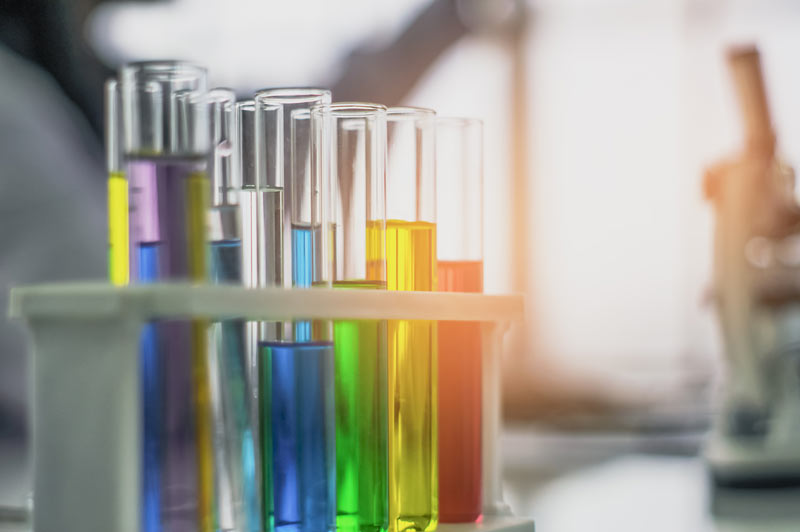What is BCP?
Bacterial cytological profiling (BCP) offers a cutting-edge approach to understanding the mechanism of action (MOA) of novel compounds.
BCP can discriminate between antibacterial compounds with different MOA and accurately predict the MOA of newly isolated compounds.
Discovered and developed by the Pogliano labs at the University of California, San Diego, BCP uses quantitative cell biology methods to study how compounds affect the physical characteristics of microbial cells. Targeting specific pathways leads to reproducible physical changes–a key observation that allows BCP to rapidly identify MOA. Cultures are treated with various concentrations of the compound, stained with fluorescent probes, and the cytological changes are visualized by microscopy.
Major categories of MOAs we can identify include, but are not limited to:
- membrane permeability
- peptidoglycan synthesis
- lipid synthesis
- translation
- transcription
- DNA replication
Linnaeus Bioscience was founded to commercially develop this innovative technology. Our unique advantage lies in our extensive library of phenotypes, amassed over a decade of committed research and hands-on experience. By comparing the phenotypic outcomes produced by a treatment or drug to this rich database, we can classify them based on their biological impact. This can reveal the precise biosynthetic pathway – and in certain instances, the sub-pathway – being inhibited.
Linnaeus Bioscience has extended its expertise with BCP to also develop cytological profiling platforms for mycobacteria and fungal pathogens.

BCP revolutionizes when and how MOA determination is applied to antibiotic discovery
From initial hit to lead compounds to analysis of batches at industrial scale
- Bin results from compound screens by MOA
- Identify new molecules with clinically-validated MOA
- Identify molecules with novel profiles that may affect new targets
- Prioritize hits according to MOA
- Generate structure-activity relationship (SAR) data for new chemical series
- Monitor target engagement and on-target activity during lead generation and refinement
- High-throughput screens to identify hits and MOA simultaneously
Advantages of BCP
- Rapid. Determines MOA within 2 hours
- Highly sensitive. Detects compounds below the MIC
- Powerful. Identifies compounds with more than one MOA
- Widely applicable. Works with most bacteria
- Automated. Our proprietary AI software ascertains MOA without human interpretation
- Efficient. Requires a small amount of compound
- Versatile. Detects cytological changes in conditions that do not kill or impair growth
BCP and Machine Learning
The team at Linnaeus Bioscience is dedicated to collaborative partnerships to explore and optimize the application of our BCP platform to meet diverse needs. In addition to our Mycobacterium-specific platform, we have developed AI-driven BCP pipelines for a variety of Gram-negatives species, including E.coli and A. baumannii. Reach out to us to discover how BCP can be utilized to fulfill your specific research needs and goals.
BCP for natural product discovery
MOA screening of natural product extracts
BCP uses small quantities of compound and can identify different bioactivities within a mixture of molecules making it the ideal tool to work with natural product extracts.
Whether you have small synthetic molecules, crude natural product extracts, fractionated natural products or peptides that may be traditionally more difficult to characterize due to their low rates of resistance, BCP can work with them all.
A paper describing the use of BCP for natural product discovery was awarded the Omura Prize for best article of the year (2017) from the Journal of Antibiotics.












